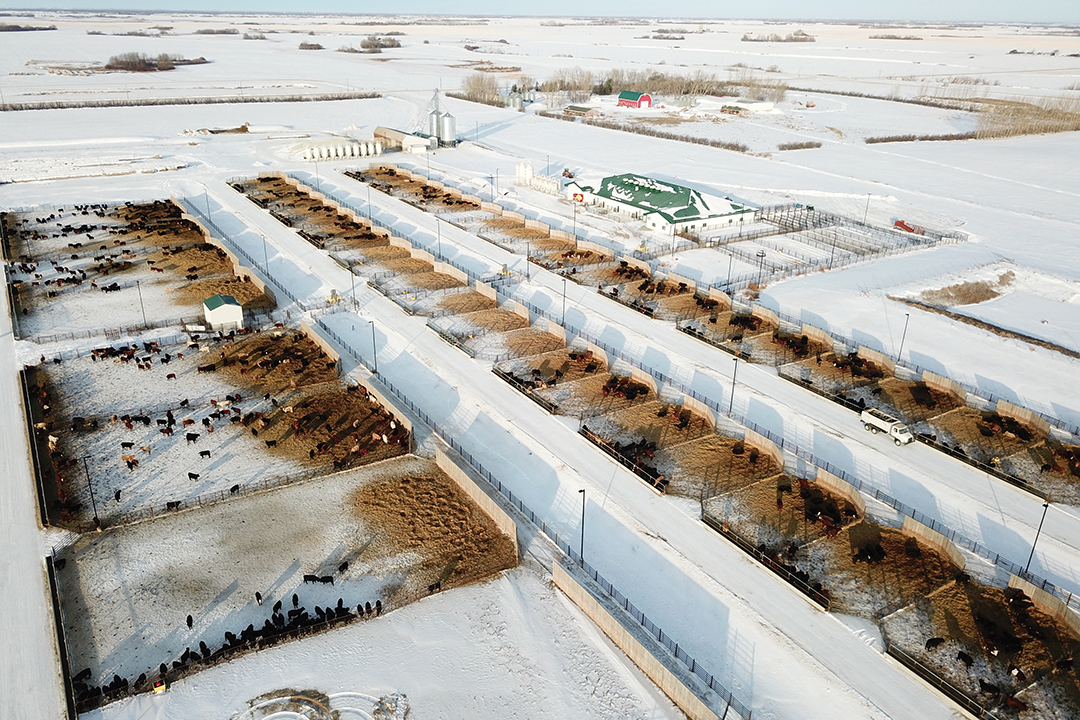USask Study: Boosting beef production through better biology approaches

A multi-agency research team led by University of Saskatchewan (USask) veterinary reproductive biologist Dr. Gregg Adams (DVM, PhD) aims to make rapid strides in improving the productivity, efficiency and sustainability of Canada’s $18-billion beef sector by integrating advances from the field of omics into livestock production
by USask Research Profile & Impact
“USask has an amazing facility and program centred around the Livestock and Forage Centre of Excellence (LFCE), and expertise in all areas of livestock production, but one thing that has been missing is a genomic component,” says Adams.
Genomics and other omics tools in biological science — such as phenomics, microbiomics, proteomics —involve the study of the appearance, structure and behaviour of animals, their microbiomes and cell proteins. Researchers have made tremendous progress in these areas over the past decade, and they can now use these advanced tools for extensive livestock production, he says.
The beef cattle industry is tremendously important in the West, with Saskatchewan and Alberta probably accounting for 70 per cent of Canada’s beef production, Adams said. Consequently, even incremental changes in performance translate into big gains in economic value and job growth.
Adams’s Integrated omics for sustainable animal agriculture and environmental stewardship (IntegrOmes) project has been awarded $6.76 million over five years by the Canada Foundation for Innovation (CFI), with another $10.1 million expected from institutional partners, private industry and vendor in-kind support.
“The goal of IntegrOmes is to make it easier for cattle producers to identify and breed animals with desired traits such as better meat quality”













